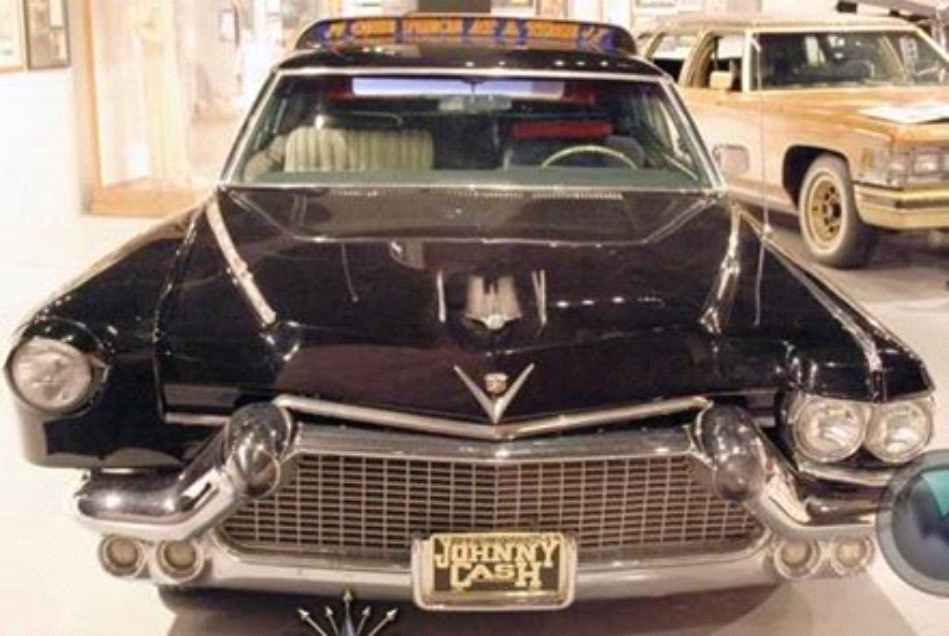
A couple weeks ago in Building Energy Codes – A Blutonian D-, I explained how many/all states are sailing forth with increasingly stringent energy codes, and based on anecdotal and personal experience, I have no doubt that with a million dollars we could demonstrate the results are abysmal. Utilities and program administrators do not want to be energy code enforcers, but why not make code “enforcement” part of a meaningful portfolio?
I like to use allegories and metaphors to explain these abstract concepts. Think of code compliance as a recipe (as in cooking) compliance. Know any bad cooks? Cooking delicious meals is easy if you follow instructions. It’s that simple. Constructing an efficient building is similar, but obviously more complex.
Another allegory I used at ACEEE Summer Study 2012 when I presented my paper, is comparing the construction of automobiles to that of buildings. Automobiles are built by the thousands preceded by massive R&D, testing, and assembly lines with robots. The chance of gas mileage varying by more than 5% for identical vehicles is miniscule. Not a single type of building, even mass produced convenience stores and hamburger joints, comes close to this kind of consistency.

Instead, buildings resemble Johnny Cash’s 1970s Cadillac he hypothetically builds in his song One Piece at a Time. The car is built with perfectly good parts off the assembly line – stolen by Johnny over a period of several years and then cobbled together in his garage.
Is it really that bad? No and yes. No, the building skin looks fine. Yes, the innards behind the door of the equipment room, above the ceiling or roof, and in the code of the building automation system is where the bungles lie.
You see, codes specify the parts that Johnny steals and to some degree how they are to be controlled. Code compliance is weak even in the best cases. Consider Wisconsin where construction documents are reviewed by state code poobahs. They can review the pieces of the Cadillac, fuel injection system, emissions control, heating, AC, and the window seals, but there’s no stopping what actually gets delivered to or what goes on inside Johnny’s garage.
Switching gears a little, as described in the ACEEE Summer Study paper above, codes do not prevent design of systems that are prone to waste energy. Codes also do not prevent foolish uses of energy – like electric resistance heating. Codes do not penalize inherently inefficient options either, such as air cooled chillers or cheap and crappy rooftop units in lieu of water-cooled chillers. For a 100,000 square foot school, a water-cooled chiller could reduce peak demand by 100 kW. That’s a couple thousand bucks a month in demand charges alone. The “code minimum” water-cooled chiller is much more efficient than the “code minimum” air chiller. Like the prodigal son, the code loves the air cooled chiller just as much but chillers have no souls or blood lines.
It is time to move beyond the laboratory and migrate from lab-tested performance of widgets[1] and into whole-building, whole-system, whole-process performance. This is where enormous waste and opportunity has been barely nibbled. This requires a little (and I mean just a little) thinking “outside the [widget] box”.
The typical new construction program compares one theoretical building against another theoretical building and a post-construction inspection to verify all the widgets are in place. Wonderful. The question is, what is the outcome? How does the real building compare with other real buildings that are built in absence of the program? It doesn’t matter how one fake building (energy simulation) compares to another fake building or how the fake building energy use compares to the actual energy use. Going back to the car analogy, we need to be comparing miles per gallon of the car that was a participant in the program versus non-participants – not just what comes home in Johnny’s lunch bucket or his friend’s RV.
So what is the answer? Actual energy consumption. As my boss in the Navy used to say, “Don’t tell me. Show me.” Show me how efficient the building is in total versus its peers, regardless of the types of systems installed.
Fortunately, doing a little web browsing, I found that the New Buildings Institute has a three year jump on this with what it calls an “Outcome Based Code”. Bravo! See the list of nine principles.
This concept is similar to our new construction program features. HVAC designer wants to use cheap and crappy rooftop units that comply with energy code? – does not qualify for the program. Air cooled chillers? No. Variable air volume systems? No. The program concept is explained in the 2012 ACEEE Summer Study Paper. It also includes post construction verification of not only correct installation and the intended/approved widgets but also verification of key operating parameters – like commissioning light.
The first buildings in the program are going into service now. The objective is to demonstrate performance after 12 months of occupancy, and not just “savings” compared to an arbitrary baseline with a building simulation and a skin-deep visual looksee. The plan to is present results at ACEEE 2016.
[1] Widget is any piece of equipment such as air conditioning, furnaces, boilers, chillers, variable frequency drives, and laboratory ratings include SEER, AFUE, and lumens per Watt.






Join the discussion One Comment